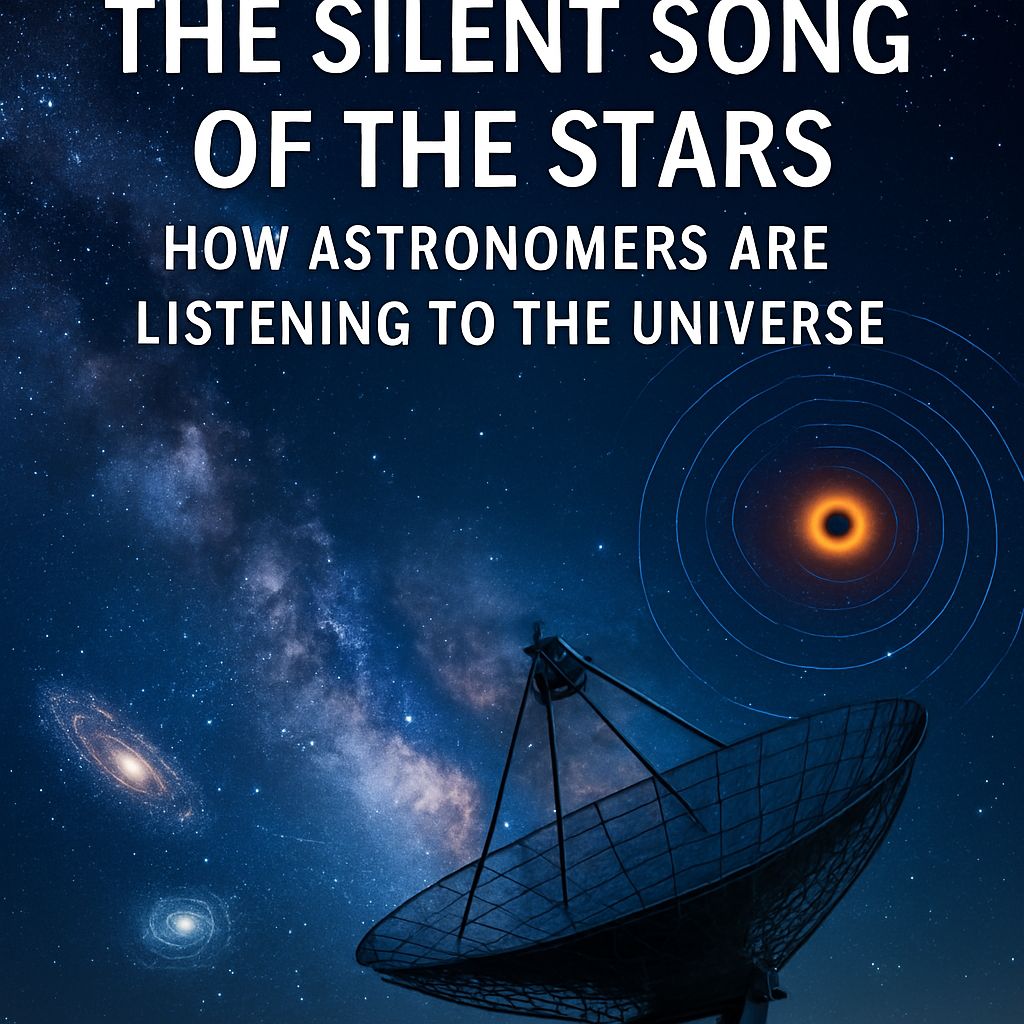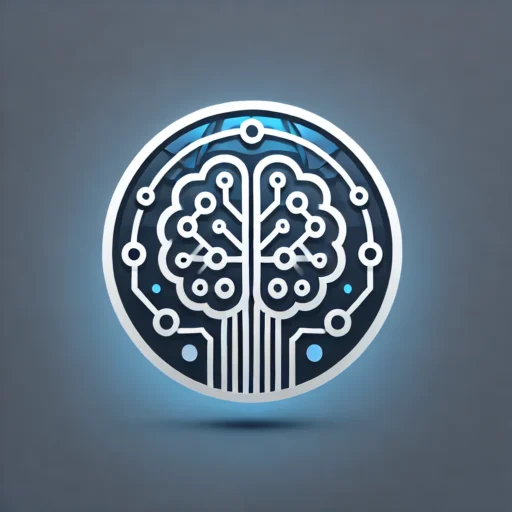
In a quiet observatory perched high in the Chilean Andes, scientists are tuning in to a cosmic symphony—one not made of sound but of light, particles, and waves from the farthest corners of the universe.
In March 2025, a team of international astronomers made headlines by announcing that they had detected a rare “quasi-periodic oscillation” from a black hole over 500 million light-years away. In simpler terms, the black hole was “singing.”
These oscillations are subtle but measurable pulses in the X-ray light emitted as matter spirals into a black hole. While they don’t produce audible sounds, researchers can translate these signals into frequencies we can hear. An eerie, rhythmic beat emerges—a song from a place where not even light can escape.
Dr. Lena Choudhary, a leading astrophysicist on the team, described the moment her team processed the signal. “It was like hearing a heartbeat in space. These oscillations tell us about the very fabric of space-time.”
The discovery isn’t just poetic—it’s groundbreaking. These cosmic rhythms offer new clues about how black holes spin, feed, and interact with their surroundings. For decades, black holes were considered silent monsters, invisible and mysterious. Now, scientists are beginning to understand them as active, dynamic players in the life cycle of galaxies.
But this isn’t the only signal we’re listening for.
Across the globe, observatories are picking up whispers of gravitational waves—ripples in space-time first predicted by Einstein and finally detected in 2015. Each wave tells a dramatic story: two black holes colliding, neutron stars merging, or ancient cataclysms unfolding billions of years ago.
“It’s like finally having ears in space,” says Dr. Choudhary. “For centuries, we looked at the cosmos. Now, we can listen to it, too.”
The implications of these new tools are vast. They could help solve some of the biggest mysteries in astrophysics, like the true nature of dark matter or what happens at the edge of a black hole. The data could even help refine our understanding of gravity itself.
And while this work may sound far removed from everyday life, it’s not. Technologies developed for space telescopes and wave detectors have already led to imaging, data processing, and medical diagnostics breakthroughs.
At its heart, this discovery reminds us of the beauty of scientific progress. We’re no longer confined to Earth’s surface or even its orbit. Humanity now has sensitive instruments that can detect the faintest tremors in the universe from events before our planet even formed.
For now, scientists continue to listen. Each signal, each vibration from deep space, is a note in the grand cosmic symphony—one that’s just beginning to unfold.
So next time you look at the night sky, remember that the stars aren’t just shining. They’re singing.



